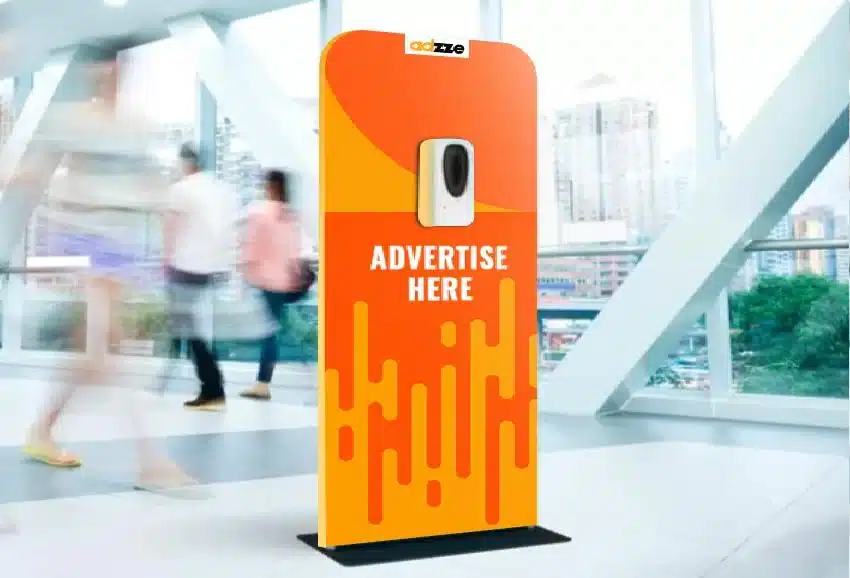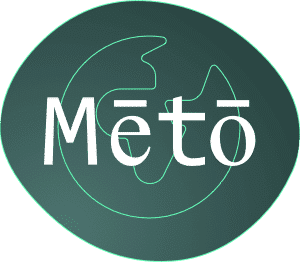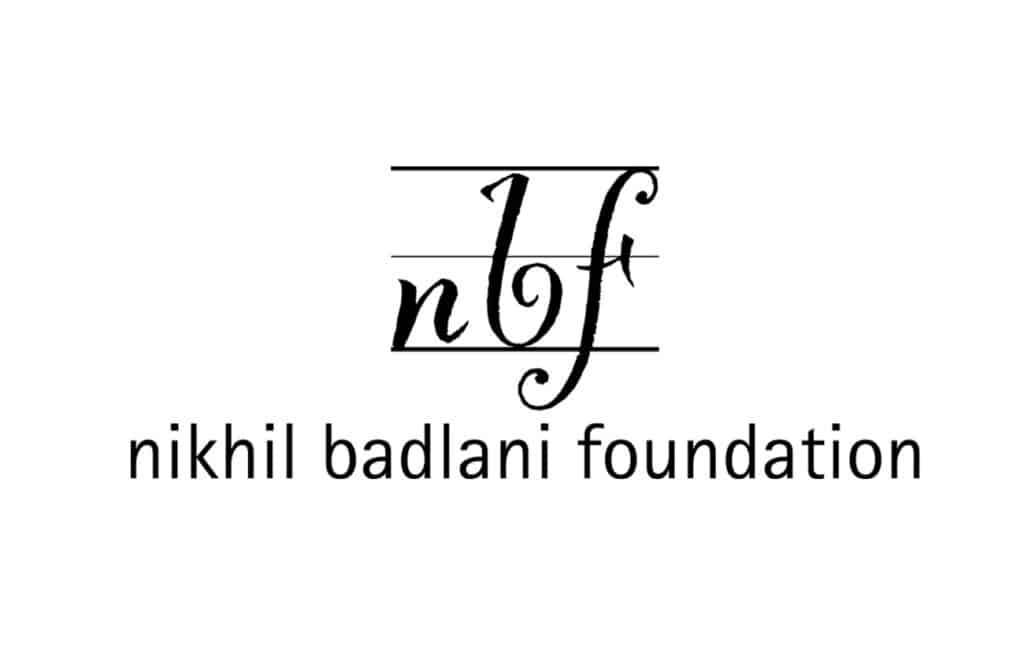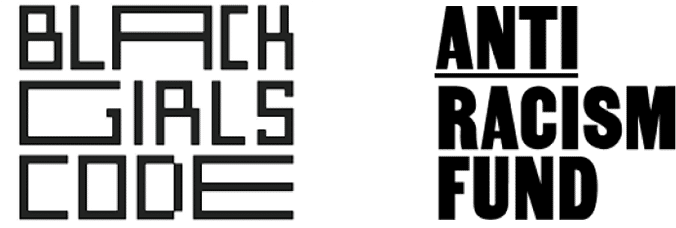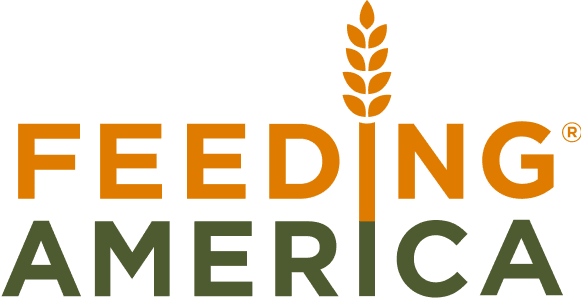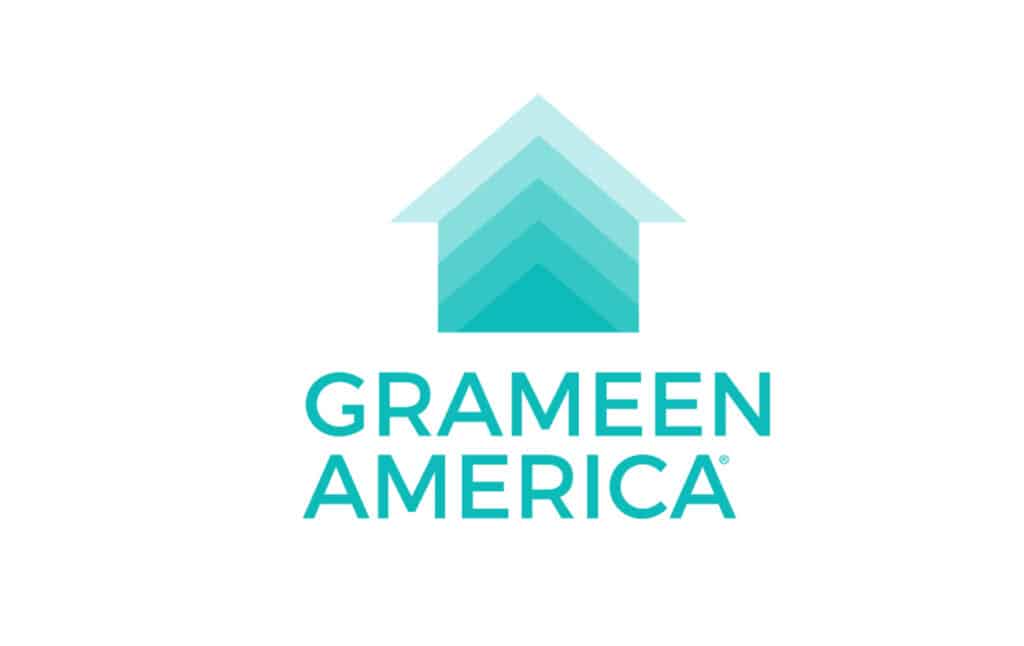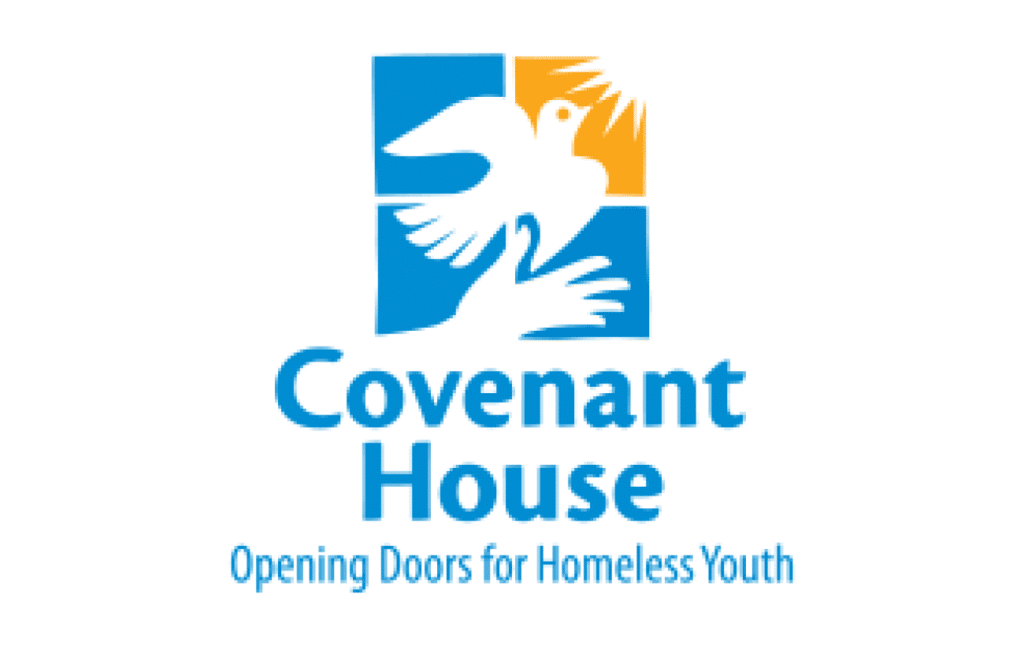Device Burnout & Screen Fatigue
Digitization of the Physical World
This increase gives digital marketers more opportunities to connect with consumers when they’re not glued to their mobile devices. At the same time, because digital billboards can be powered by the same data-driven, ROI-boosting strategies that drive online campaigns, they are more effective than their static counterparts. Digital billboards are constantly collecting data from the mobile devices of passersby, leveraging location, search history, and other essential info to serve targeted, personalized content to consumers in their physical surroundings.
Omnichannel Everything
Savvy marketers know that omnichannel campaigns have become essential for success in the endemic era. DOOH fits perfectly into this media mix by connecting the customer journey across online and real-world touchpoints. With location-based services such as geofencing, for example, marketers can target specific areas where consumers are more likely to engage with their business. In addition to displaying relevant DOOH ads to people in those areas, geofencing can be used to retarget consumers by serving them follow-up ads on their mobile devices after they’ve passed by a billboard.



